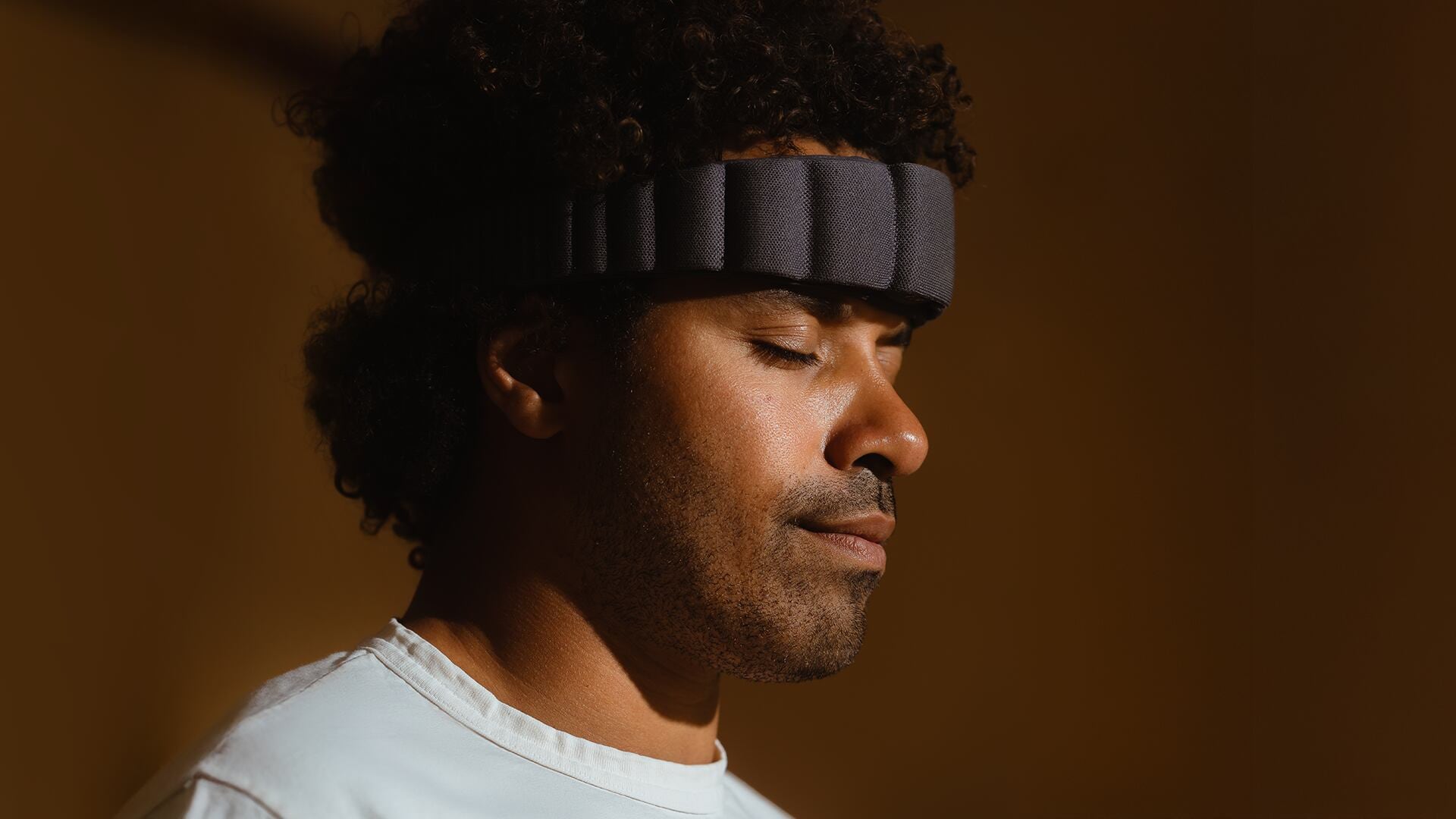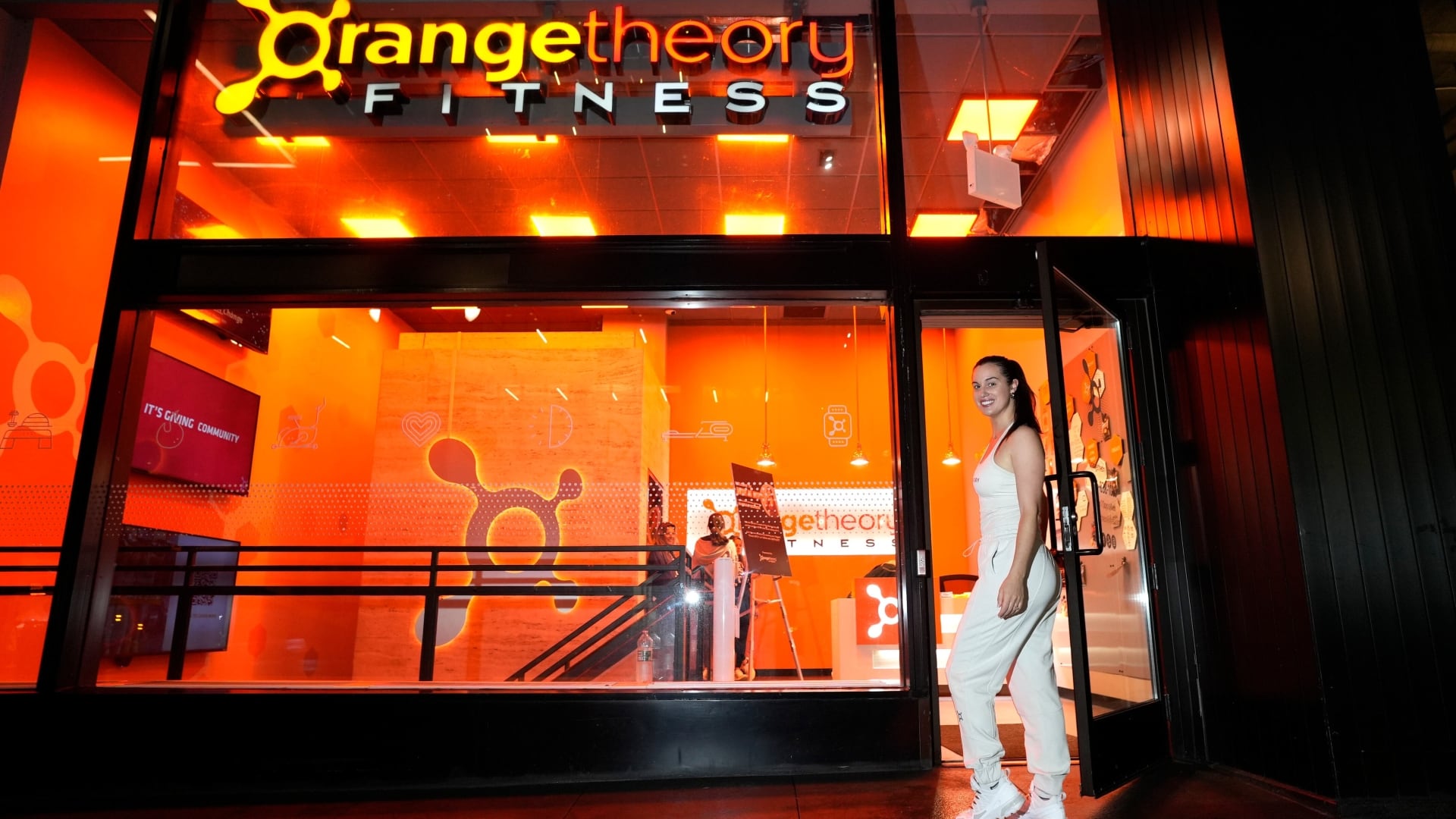This story was originally published on May 6, 2020
On a typical night, subway trains pull into Stillwell Terminal in Coney Island, Brooklyn, take a short break to reset, and then head off in the opposite direction to resume their journeys.
But these days starting around midnight, the last stop is the final stop until morning. For individuals using the train to get to and from work, it marks a slight inconvenience where they'll have to switch to city-provided private transportation or transfer to buses.
For many homeless people, it's leaving them with nowhere to go especially as coronavirus infections spread throughout shelters. "All of a sudden they're saying there's no train going back," subway rider Khalid Greens said. "What are you going to do? There's no train to go back. You're stuck."
On May 6, the first night of the shutdown, authorities woke people up at Stillwell and ejected them from the subway cars. Confused individuals loitered around the platforms until police eventually escorted everyone out at 1 a.m. A few city employees were trying to help some women and disabled individuals find other places to go for the night. One of the people getting helped noted they didn't have an address to go to.
Though New York's subway system has shuttered for winter storms and other natural events, the early morning closures are the first prolonged shutdown in 115 years. The Metropolitan Transportation Authority (MTA) is hopeful that the extra cleaning will protect transit employees and safeguard other essential workers who rely on the sprawling system to get to and from work. Since March 27, at least 98 transit workers have died from COVID-19.
"Right now what the city is doing is disinfecting the trains and disinfecting the buses," TWU Local 100 President Tony Utano explained. "That's a big thing."
Ridership on New York subways has declined more than 90 percent compared to levels last year due to stay-at-home orders. The Metropolitan Transportation Authority (MTA), which operates the city's subway system, said it may have lost up to $8.5 billion in revenue.
Still, many people rely on the subway. About 11,000 people, on average, ride the subway during the shutdown hours. To help essential workers, the MTA is providing a free "Essential Connector" service across the five boroughs to bring health care workers, first responders, and other employees to hospitals, health care facilities, grocery stores, pharmacies, convenience stores, and other important locations. Two trips per night on for-hire vehicles are covered by the program.
Others will have to find somewhere else to go. Homeless shelters in the city haven't been safe havens from the coronavirus, with 617 shelter residents and other homeless individuals testing positive for the virus according to New York's Department of Social Services. Another 65 people in the shelter system have died from COVID-19. Some homeless individuals see the subway system as their only way to socially distance.
At Stillwell Terminal, the vast majority of individuals were kicked out of the station. A man yelled that he needed to go to Harlem, to which a police officer yelled back to take a bus. People hung around the entrance, unsure of what to do next. One person claimed they were not warned about the shutdown as they pulled their suitcase. Another woman wrapped a scarf around her face and wandered down the street. Others avoided eye contact, embarrassed they had found themselves in that situation.
"No human being should live in a subway," Utano said. "When the federal government can take $2 trillion out of nowhere and start doing [stimulus packages], they can take care of the homeless."
This story was photographed and edited by Douglas C. Murray



